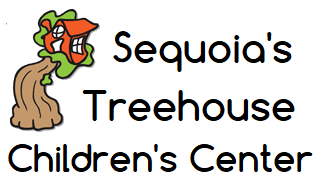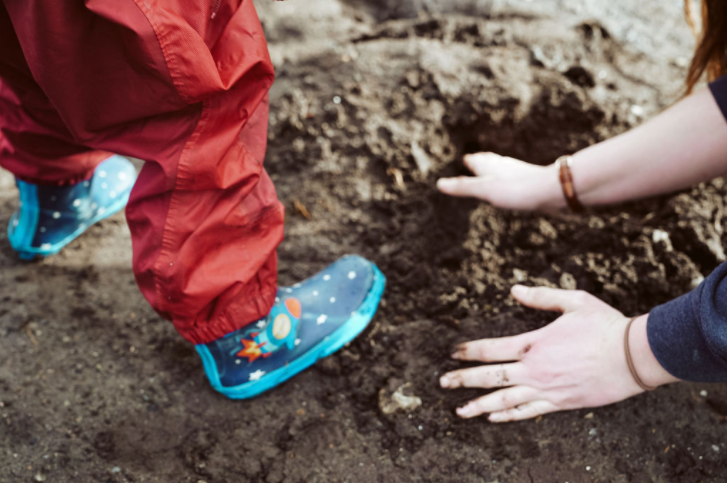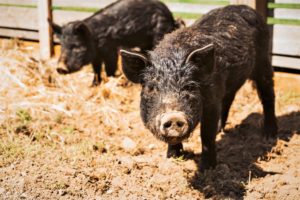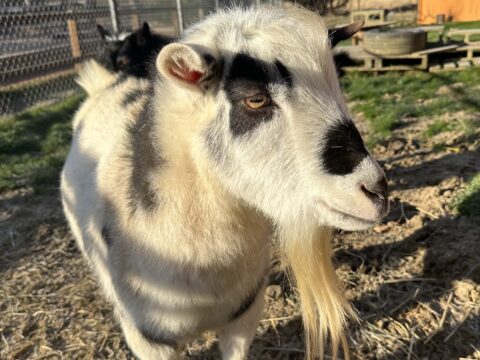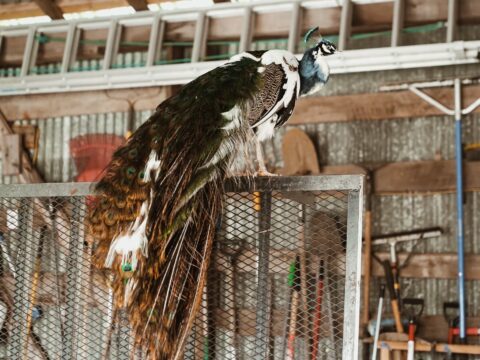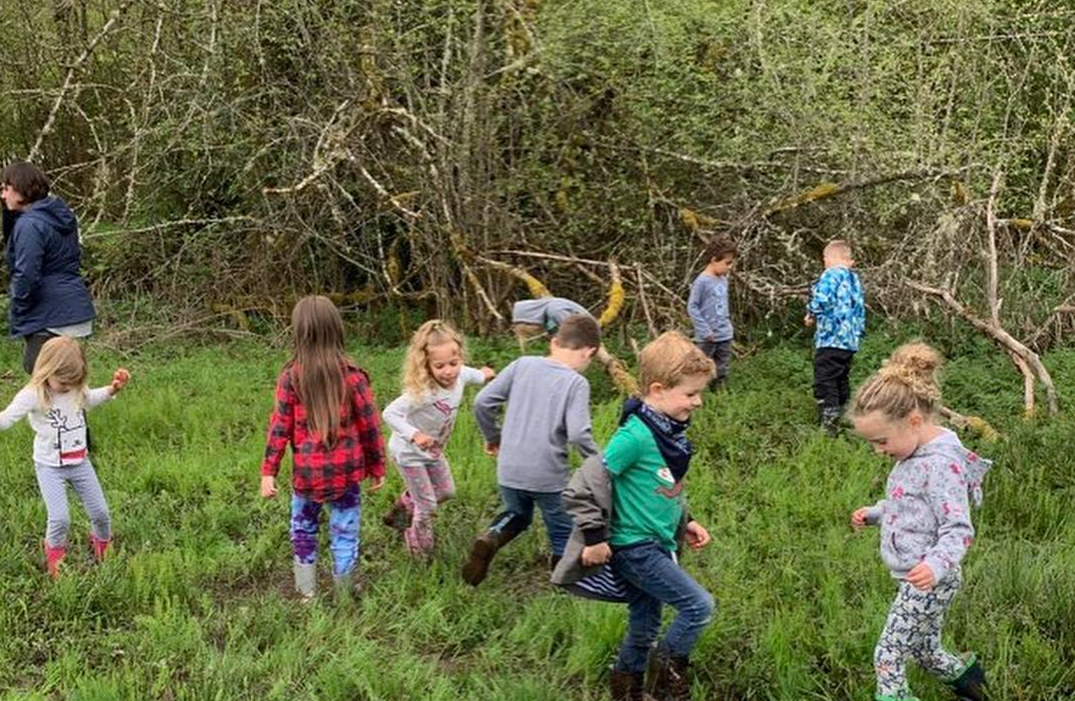
The Soil and Seeds of Life
December 29, 2023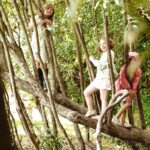
The Reggio Emilia Approach to Early Education
January 5, 2024“Earth and sky, woods and fields, lakes and rivers, the mountain and the sea, are excellent schoolmasters, and teach of us more than we can ever learn from books.”
John Lubbock
We’re guessing that most parents, upon reflection, would give a thumbs up to the quote from John Lubbock and agree that nature offers benefits to a child’s growth and development in ways that human-made interventions, primarily school settings, can’t compare. But recently, the interest in outdoor learning goes way beyond those parents who had already signed on to nature-based education. The Covid-19 pandemic unexpectedly cast a spotlight on outdoor learning, even forcing traditional schools to take classes outside, and also forcing politicians to re-think the traditional model, in an attempt to reduce virus transmission rates and improve equity in education.
In truth, interest in outdoor learning, or a general interest in less structured outdoor activity rather than strict academic curriculum, has been growing steadily over the past decade. According to the Natural Start Alliance, nature-based programs in preschool programs have experienced a 25-fold increase over the past decade. Lately, it seems everyone wants their children to experience more of nature and less of the effects of what expert David Sobel describes as the ‘digitization’ and ‘indoorization’ on young kids.”
The History of Nature-Based Schools
Learning outdoors is not a new trend, although it may seem like that to many; it is, in fact, a return to traditions established decades ago. Thoreau, Emerson, or Lubbock, all waxed poetic on the merits of learning outdoors, all 19th-century thinkers. Many of their contemporaries—philosophers, naturalists, and educators—laid the foundations, many years ago, for the nature-based learning movement of today.
The world’s first professionally-recognized forest school was started in the early 1950s in Denmark by a woman named Ella Flautau. When Ella’s children and her neighbors’ children began gathering daily in a nearby forest, the parents formed a group and created an initiative to establish “walking kindergartens” out of the Waldorf-Steiner approach to education . . . child-led and play-based, with adults as facilitators not as traditional teachers.
Based on that model and with the country struggling with a lack of indoor space for young childhood education centers, similar forest schools, known as Naturbørnehavens (don’t you just love that name), continued to pop up throughout Denmark in the 1950s. The trend later spread to Sweden and the rest of Scandinavia. Today, early years education conducted outdoors is a widely accepted practice in the region.
Naturbornehavens . . . that really says it all, does it not?
A new trend? We think not, and we are willing to bet this “old” tradition of learning will continue to grow as the 2020s move forward.
Sequoia’s Farm and Forest School Program believes in the power of nature to help in giving a child a well-rounded education. When we stimulate the imagination of a child, we stimulate the “whole learner,” and wonderful things happen. Placing the child in a haven born from nature is truly the best thing we could do for their education.

